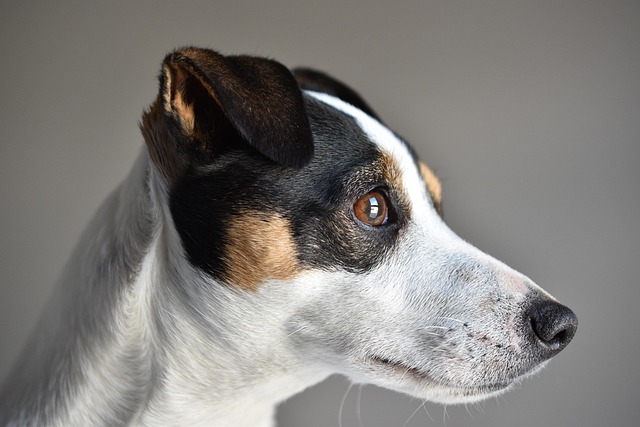
How do i train my dog to be obedient?
Watching your dog dart across the park ignoring your calls isn’t just frustrating—it can put them at risk near busy streets or public spaces.
House training a dog can feel like solving a complex puzzle, but with the right approach, you’ll transform chaos into harmony. Before you start, familiarize yourself with local animal welfare laws—some regions mandate specific training standards, especially for service dogs or rescues. This ensures your methods are not only effective but also compliant with regulations.
Establishing a routine is the cornerstone of success. Dogs thrive on predictability, so set fixed meal times, typically 2-3 times a day depending on age and breed. After each meal, immediately take your dog outside to the designated potty area. Many neighborhoods have leash laws, so always keep your dog on a lead during these trips. Consistent timing trains their internal clock, signaling when it’s time to “go.”
Choosing the right reward system matters. Positive reinforcement, like small, high-value treats or enthusiastic praise, works wonders. However, be mindful of local pet food regulations—some areas restrict certain ingredients. Opt for treats labeled “all-natural” and avoid those with artificial colors or flavors. Remember, the goal is to make your dog associate outdoor potty breaks with pleasant experiences, not create food aggression issues.
 When accidents happen, and they often do during training, resist the urge to scold. Instead, quickly clean the mess using an enzymatic cleaner to eliminate odors completely. Some communities have specific waste disposal guidelines, requiring you to pick up after your dog even indoors. By removing the scent, you prevent your dog from being drawn back to the same spot, breaking the cycle of indoor accidents.
When accidents happen, and they often do during training, resist the urge to scold. Instead, quickly clean the mess using an enzymatic cleaner to eliminate odors completely. Some communities have specific waste disposal guidelines, requiring you to pick up after your dog even indoors. By removing the scent, you prevent your dog from being drawn back to the same spot, breaking the cycle of indoor accidents.
Crate training can be a game-changer, but it must be done humanely. Ensure the crate is large enough for your dog to stand, turn around, and lie down comfortably—local animal protection laws often specify minimum crate size requirements. Use the crate as a safe, cozy den rather than a punishment. Line it with a soft blanket and place their favorite toy inside. Dogs instinctively avoid soiling their resting area, which helps reinforce the need to hold it until they’re outside.
Gradually increase the time your dog spends indoors unsupervised. Start with short intervals, like 15 minutes, and monitor closely for signs of restlessness, sniffing, or circling—these are telltale signals they need to go out. As they prove reliable, you can extend the duration. Just be aware that some rental agreements and homeowner association rules have restrictions on leaving dogs unattended for extended periods, so plan accordingly.
House training is a journey, not a sprint. Every dog learns at their own pace, and setbacks are normal. If you encounter persistent issues, consult a professional trainer or your vet. They can offer personalized advice and ensure your training methods align with local standards. With patience and consistency, you’ll soon have a well-trained pup and a home that stays clean and stress-free.

Watching your dog dart across the park ignoring your calls isn’t just frustrating—it can put them at risk near busy streets or public spaces.

New puppy owners often find themselves rushing to clean up accidents before they set in, and that’s where puppy pad training becomes a game-changer.

If you've noticed your dog's waistline disappearing and your veterinarian has mentioned those few extra pounds, your first instinct might be to simply reduce the amount of food in their bowl.

Training a dog to use a designated spot indoors isn’t as daunting as many new owners fear, but it does take consistency and an understanding of your pet’s needs.

That moment of dread on a walk is all too familiar for many new dog owners. You see another dog approaching down the sidewalk of your neighborhood

If the sight of another dog on your neighborhood walk makes your heart sink as your own dog erupts into a frenzy of barking and lunging, you're not alone.